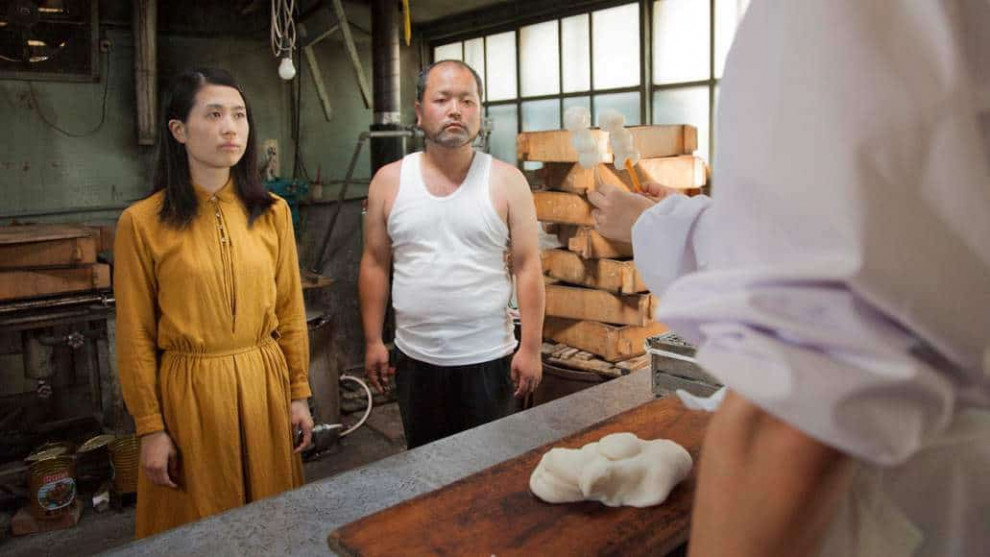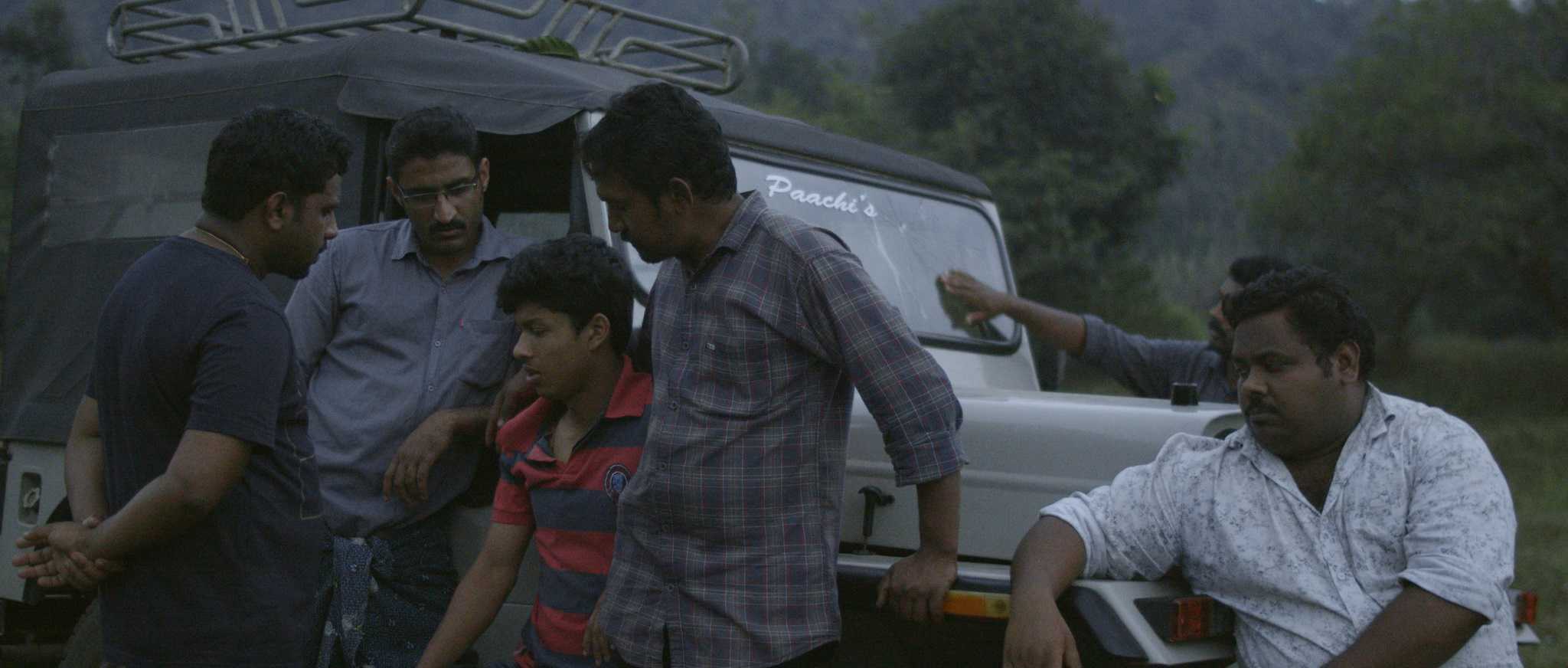If one thing could be said about the contemporary Japanese directors, is that they can shoot truly weird, but very original films, with directors like Minoru Kawasaki, Hitoshi Matsumoto and Katsuhito Ishii being the first that come to mind. Akira Ikeda follows in these footsteps, with an authentic Japanese curio.
“Ambiguous Places” screened at International Film Festival Rotterdam

In a seemingly ordinary seaside town that soon proves anything but, we meet the protagonists of this film, starting with Konoko, who wakes up on the beach only to find a bug stuck in her head. She proceeds on going to the barber, who, according to other villagers is the one who specializes in removing bugs, only to find that the barbershop is actually an udon shop. Doi, who is soon to become a father, goes to make gloves as a gift for him and his wife, but he is forced to sing while two women knit the gloves, and even worse a bit later, to become the husband of another woman, after he fails to cure her grandfather, who has transformed into a bug. Kazuko wakes up at a theater where she is attacked by the protagonist for not paying attention, and goes home to find a blue monster. She goes to a shop to get rid of the monster but ends with foam she cannot seem to rinse on her hair.
Akira Ikeda directs a film that unfolds as a series of absurd episodes, with almost no connection between them, despite the fact that they take place in the same place and feature the same characters. This style is stressed even more by the acting, with the protagonists implementing the unusual sense of humor with extended pauses, empty stares filled with wonder on the words and actions of the ones they interact with, and neurotic repetition. Add to that a permeating sense of surrealism, which fills the film throughout (and includes the presence of some gorilla-like humanoids), and some really annoying singing, and you have the backbone of a real curio.

Among all these episodes, Akira Ikeda manages to include some social comments, as through his strange sense of humor he seems to mock the tendency of the Japanese to apologize frequently, the social pressures, particularly regarding marriage, racism, and even the “obsession” with the (preparation) of food.
Osada Mizuki's cinematography, in contrast with the rest of the film's aesthetics, seems quite realistic, with no exaggeration of any kind, and with a number of frames that highlight the dystopian-like environment, as the camera seems to move in vertical lines almost constantly. The scene with the shadows of the insects in the wall is the highlight of a very interesting effort. Ikeda Akira's own editing implements the episodic nature of the narrative quite fittingly. Yokoe Tomoko's production design is probably the best asset of the technical department, with her implementing the extreme fantasy of Ikeda in every setting of the film with distinct artistry.
“Ambiguous Places” is an interesting spectacle, but in the end, I felt that the absurdness can only carry a film so far, particularly in such an episodic film. Definitely deserves a watch though, and I am sure that the fans of the filmmakers of the prologue (I am one of them) will enjoy this Japanese curio, at least parts of it.















